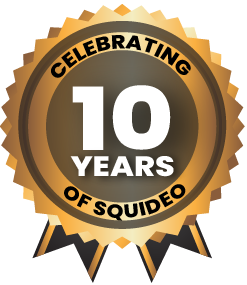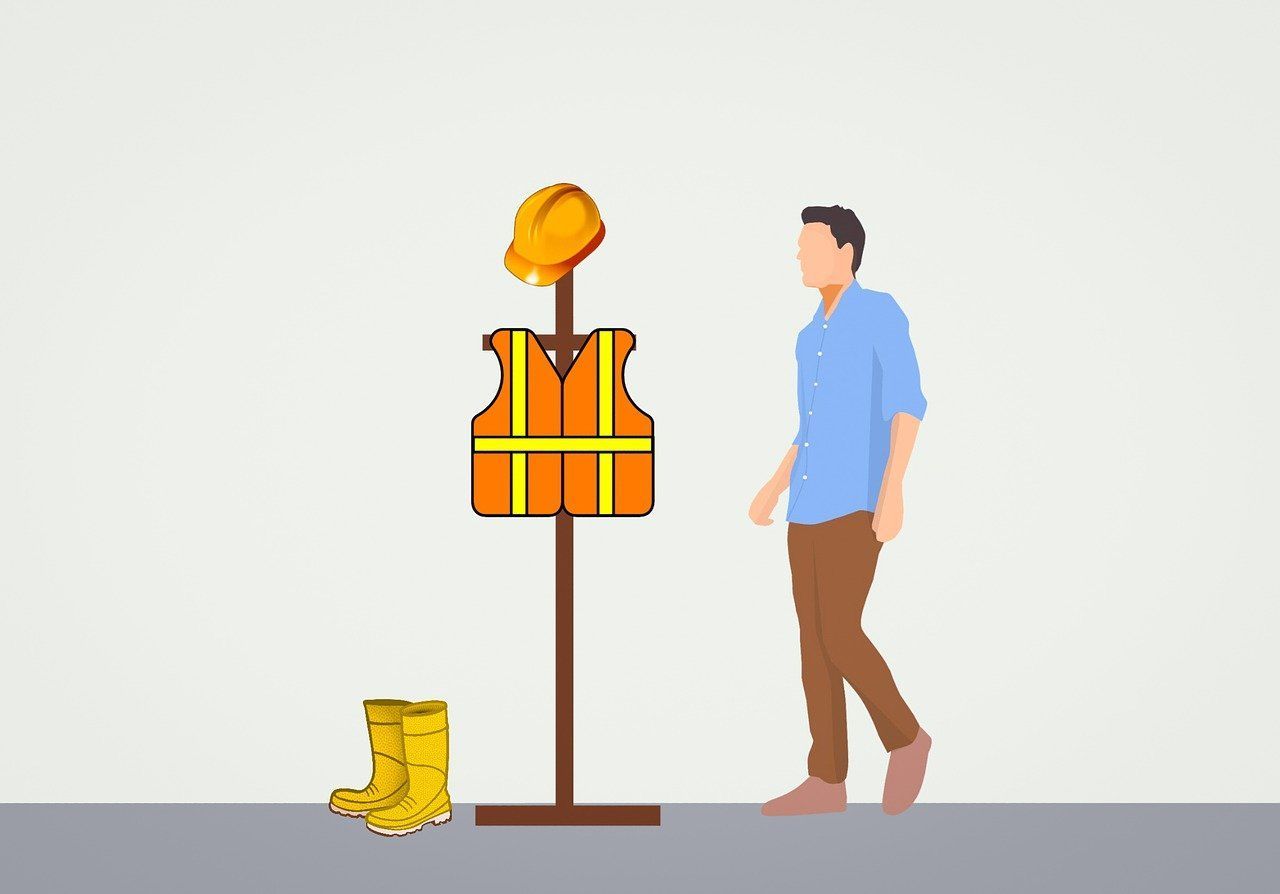Squideo’s Favourites: WALL·E
Released in 2008 as Pixar Animation Studio’s ninth feature film, its third since the company was purchased by the Walt Disney Company in 2006, WALL·E had been in the works since the nineties. Created by Andrew Stanton and Pete Docter, this fast classic has become one of Pixar’s standout films. So much so that Disney pushed for an Academy Award Best Picture nomination.
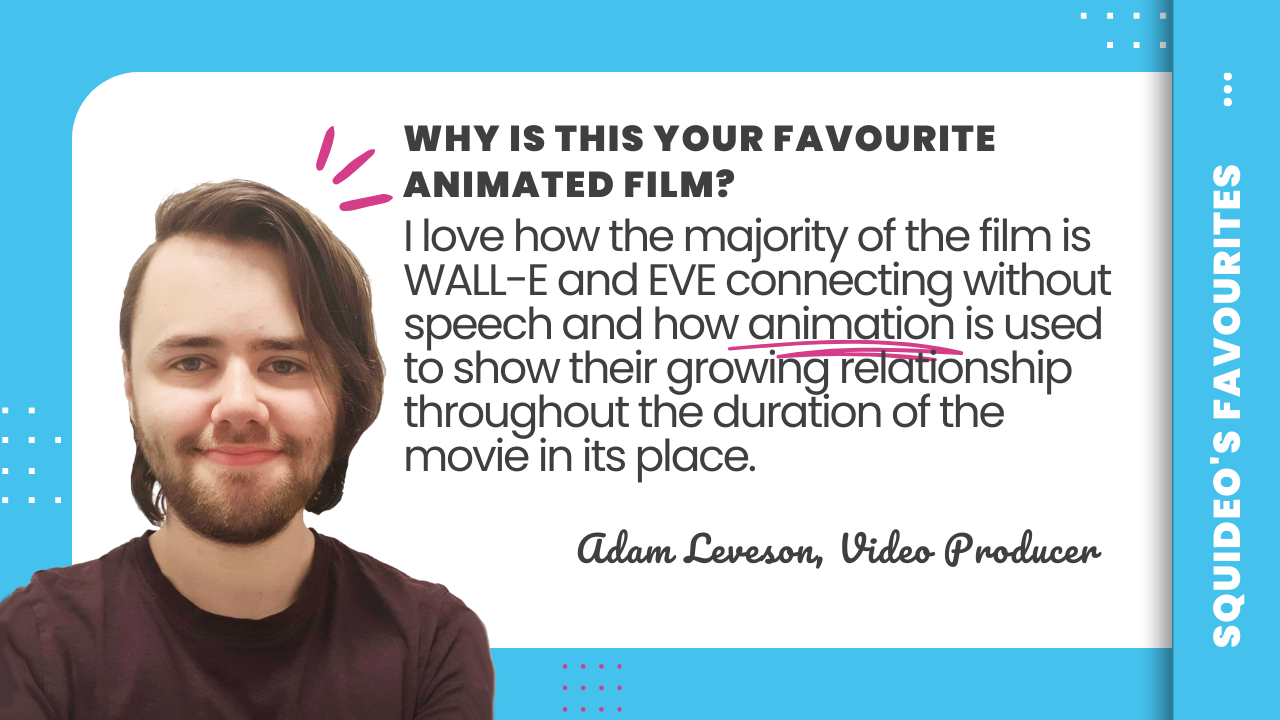
We’re diving into the production behind this animated film, exploring the style and techniques which came together to create this compelling story. In the meantime, if you have an idea for an animated video of your own get in touch with the Squideo team.
Creating a Story
When Andrew Stanton first came up with the idea for WALL·E, the premise was simple: “what if mankind left Earth and somebody forgot to turn the last robot off?” This was first pitched in 1994 when the young company was thinking about its future films, yet WALL·E wouldn’t start production until 2003 – eventually making it onto screens in 2008.
Stanton continued to develop the idea of a Robinson Crusoe robot with Pete Docter in the nineties, even as both went on to direct other Pixar projects – Finding Nemo (2003) and Monsters, Inc (2001) respectively. There was doubt, however, that this film could be pulled off. Pixar had created anthropomorphised robots before in its first animated short Luxo Jr. (1986). The lamp depicted in this short would become Pixar’s mascot, but was a feature film about a robot something that could be compellingly animated?
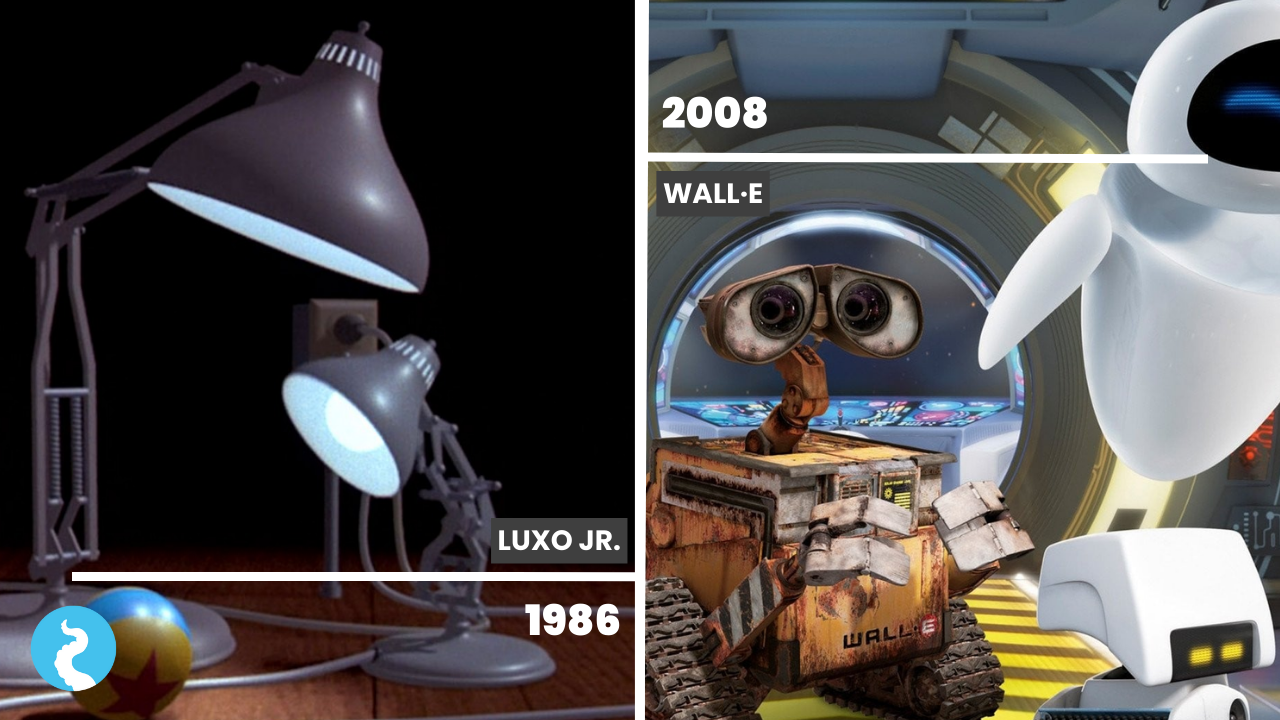
What helped to move WALL·E into production was the release of the massively successful Finding Nemo. Like robots, fish weren’t expressive. Like outer space, water was difficult to animate. And yet they pulled it off, releasing what became the highest-grossing animated feature film of all time up to that point and Pixar’s first Academy Award winner. Directed by Stanton, he now had the attention of the company who were eager to hear his next idea.
“WALL-E was a very conscious dive into risk. I knew nobody really wanted to make it. But I also knew nobody could say no to me because Nemo was just so big… we’d been so successful at that point that we could afford the hiccup. If we called it wrong economically or critically, we’d survive it.” Andrew Stanton
The film centred on two robots who only spoke when communicating their names and directives. The majority of WALL·E’s first half is largely free of dialogue, with the exception of live-action recordings from Hello, Dolly! (1969) and Buy n Large’s owner. Many robot characters only converse with chirps and beeps, and the only robot with full lines of dialogue is 2001: A Space Odyssey-inspired villain Auto.
Key to getting WALL·E into production was the approval of Steve Jobs, who was Pixar’s primary investor and acted as their co-founder and chairman. Jobs split his time at Pixar with Apple where, in 2004, an exciting new product was announced to a select number of people: the development of the first iPhone. The developments at Apple ended up having a profound impact on WALL·E, with the team at Pixar receiving prototype phones before the general public. The film was punctuated throughout with Apple references, using the sound of the Mac boot-up chime when WALL·E finishes charging, and the iPod and iPhone inspiring EVE’s design.
The story is built on themes of environmentalism and global catastrophe, examining consumerism and complacency. One of Pixar and Disney’s most politically themed films, WALL·E attracted conservative criticism but that didn’t stop it from performing at the box office: grossing $532 million worldwide. Receiving widespread acclaim, WALL·E became the second Pixar feature film to be preserved by the National Film Registry and Library of Congress in 2021. In 2022, WALL·E also became Pixar’s first film selected by The Criterion Collection.
Animation Style
While other Pixar films typically generated between 50 and 75,000 storyboards for each production, WALL·E ended up with over 125,000 drawings and 96,000 storyboards. A lot of thought had to go into the character’s design, since their emotions would have to be conveyed physically rather than verbally.
“Robots are a huge challenge, because robots are function-based machines. When you’re drawing them, you can only make up so much stuff that doesn’t actually function, or the person looking at them, even if they’re not engineers themselves, they’re going to notice that that joint wouldn’t actually work. So it became important to look at actual robots. You can only make so much up out of your head.” Jason Dreamer
The team looked at a variety of robots, including those made for bomb disposal. For Jim Reardon, head of story for WALL•E, it was important that they didn’t “draw human-looking robots with arms, legs, heads and eyes, and have them talk. We wanted to take objects that you normally wouldn’t associate with having humanlike characteristics and see what we could get out of them through design and animation.”
To help, Stanton arranged film screenings of classic silent films from the likes of Charlie Chaplin and Buster Keaton to show how silent film actors told stories without reliance on dialogue.
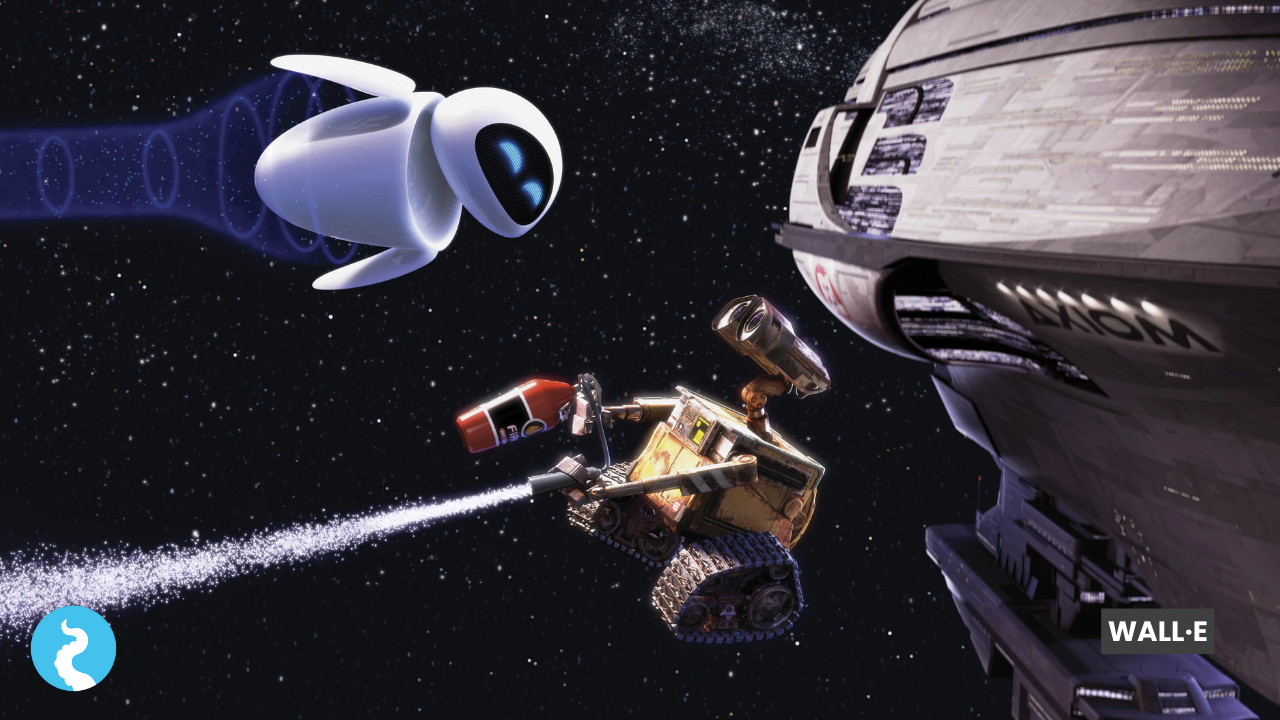
To create the wasteland that WALL·E is left behind in, the animators looked at everything from local dumps to the abandoned city of Chernobyl. For the modern ship Axiom, they looked to Disneyland’s Tomorrowland and cruise ships. To design the human characters, they consulted with physiologist James Hicks to find out the effects of atrophy and prolonged weightlessness while living in space, proving that no detail was too small for the team behind WALL·E.
All of these considerations created a future that seems tangible, and helps to drive the importance of the film’s themes. WALL·E ends on an optimistic note, with Jim Capobianco’s end credits which show the evolution of humanity through different schools of art. For audiences facing the realities of climate change and environmental destruction, this confidence in the power of humanity to fix our world is the right ending. Perhaps explaining why it is one of the few Pixar films to receive no sequel or animated shorts. The story is perfect as it is.
Get Started With Your Video
Inspired to create a unique animated video of your own? Watch the video below to get a better understanding of how Squideo can help promote your business, then get in touch with us to find out more!



